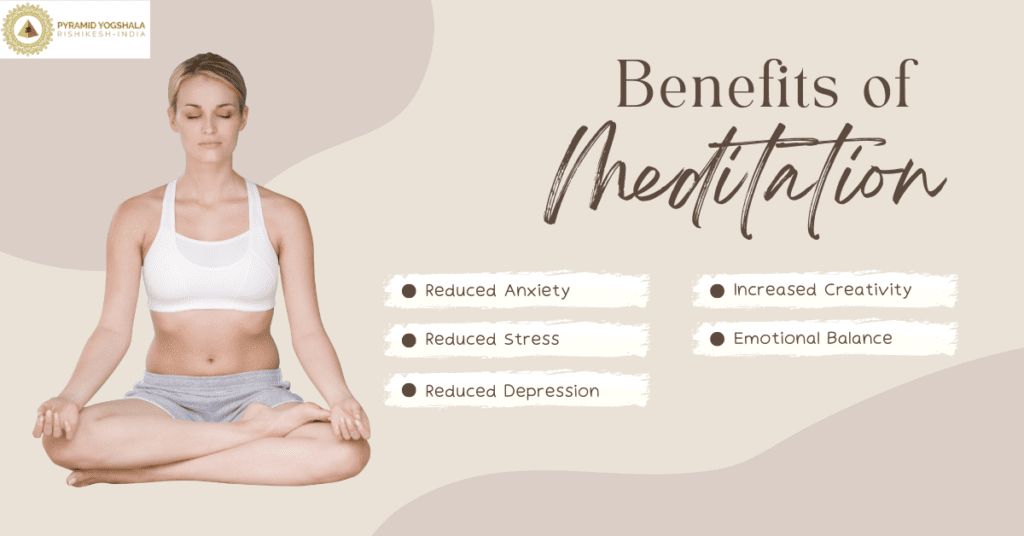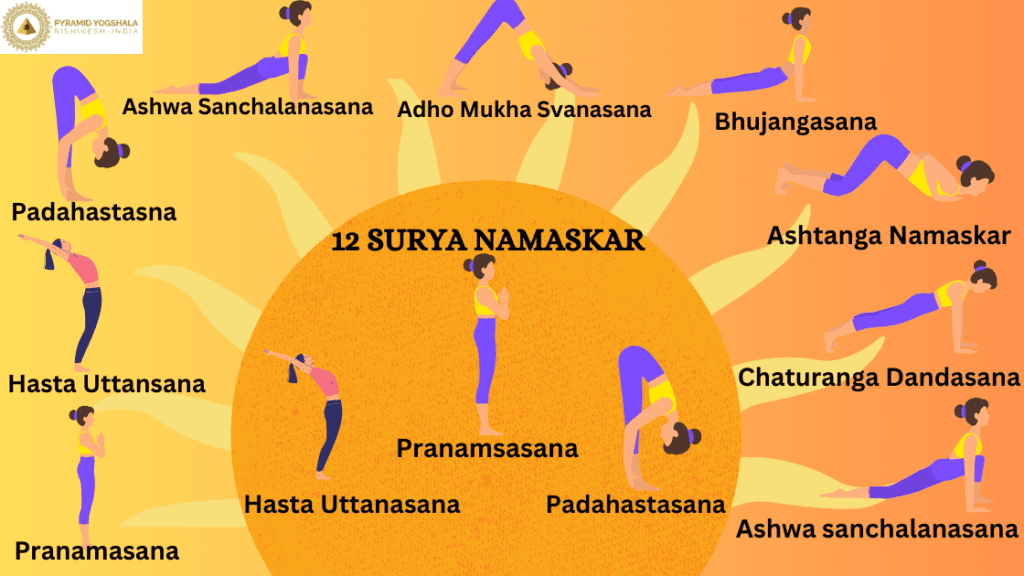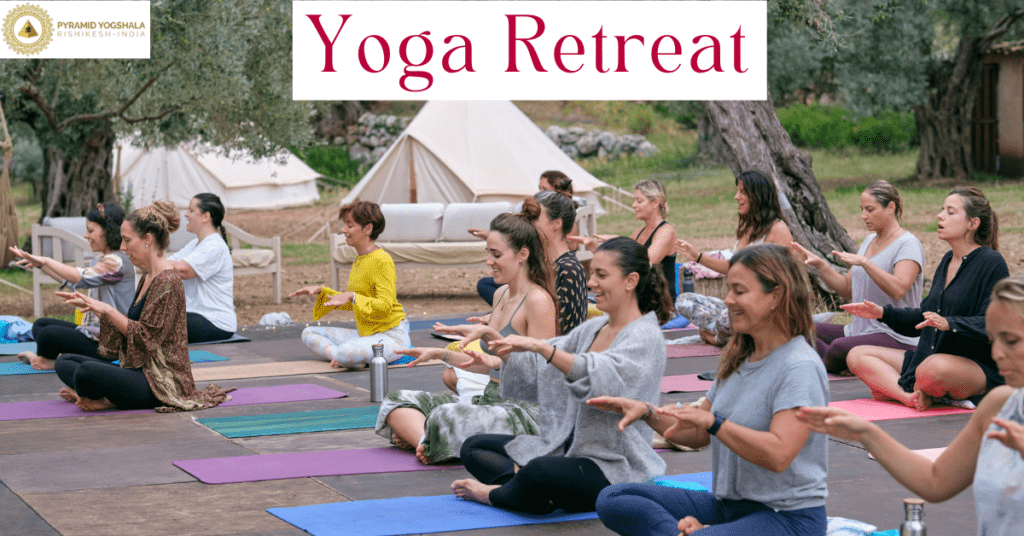In today’s fast-paced world, stress, anxiety, and mental exhaustion have become common challenges. Meditation, deeply rooted in the ancient practice of yoga, offers a transformative way to regain balance, focus, and inner peace. Whether you’re new to yoga or a seasoned practitioner, incorporating meditation into your routine can significantly enhance both your mental and physical well-being.
What is Meditation in Yoga?
Meditation in yoga involves the practice of calming the mind, bringing awareness to the present moment, and cultivating mindfulness. It is a core component of the broader yoga tradition, which not only focuses on physical postures (asanas) but also on mental and spiritual alignment.
In yoga, meditation is often referred to as Dhyana, one of the eight limbs of yoga outlined in the ancient text The Yoga Sutras by Patanjali. Dhyana emphasizes uninterrupted flow of concentration and brings practitioners closer to achieving ultimate self-realization, or Samadhi.
Benefits of Meditation in Yoga
Meditation in yoga is a powerful tool for personal transformation. Regular practice offers numerous benefits:

- Reduces Stress and Anxiety: Meditation in yoga activates the body’s relaxation response, lowering cortisol levels and calming the mind. A few minutes of daily meditation can significantly reduce stress and improve emotional stability.
- Improves Focus and Concentration: Meditation sharpens mental clarity and enhances your ability to stay focused. This can be beneficial both on the yoga mat and in daily life.
- Enhances Self-Awareness: By sitting in stillness and observing thoughts, meditation fosters deeper self-awareness and helps practitioners become more mindful of their emotions and reactions.
- Promotes Emotional Health: Meditation helps manage negative emotions and promotes a positive outlook. It encourages feelings of empathy, compassion, and gratitude.
- Boosts Physical Well-Being: Meditation in yoga can improve sleep, boost the immune system, and enhance physical endurance. It complements the physical benefits of yoga asanas by nurturing the mind-body connection.
How to Incorporate Meditation into Your Yoga Practice
If you’re new to meditation or yoga, starting small is key. Here are simple ways to integrate meditation into your yoga routine:
- Start with Pranayama: Begin with pranayama (breath control exercises). Techniques like Nadi Shodhana (alternate nostril breathing) or Kapalabhati (skull-shining breath) help calm the mind and prepare you for meditation.
- Guided Meditation: Follow guided meditation practices available through apps, online platforms, or from a yoga instructor. These can help you stay focused and provide structure.
- Set a Time: Allocate a few minutes at the beginning or end of your yoga session for meditation. Start with just 5-10 minutes and gradually increase the duration.
- Use Mantras or Affirmations: Chanting a mantra such as “Om” or repeating affirmations can help focus the mind and create a sense of calm.
- Focus on the Breath: One of the simplest ways to meditate is to focus on your breath. Inhale deeply, exhale slowly, and observe the sensations in your body.
- Be Patient : Meditation is a journey, and like any skill, it takes time to develop. Be patient with yourself, and remember that even a few minutes of meditation can make a difference.
Popular Meditation Techniques in Yoga
- Mindfulness Meditation: In this practice, the focus is on being present in the moment, observing your thoughts, and letting them pass without judgment.
- Loving-Kindness Meditation (Metta): This meditation involves sending out positive energy and compassion to yourself and others.
- Yoga Nidra: Also known as yogic sleep, this guided meditation brings practitioners into a deep state of relaxation and awareness. It’s an excellent way to rejuvenate both body and mind.
- Chakra Meditation: This technique involves focusing on the body’s seven energy centers (chakras) to bring balance and harmony to your system.
Meditation for Everyone
Whether you’re a beginner or an advanced practitioner, meditation can be adapted to suit your needs. For beginners, start by finding a comfortable seated position, close your eyes, and focus on your breath. For advanced practitioners, meditation can evolve into more profound practices, such as transcendental meditation or Vipassana.
Conclusion
Incorporating meditation into your yoga practice can profoundly affect your mental clarity, emotional balance, and physical health. With patience and consistency, you can tap into the ancient wisdom of yoga and meditation to live a more peaceful, centered, and mindful life. Whether you’re looking to reduce stress, improve focus, or enhance your overall well-being, meditation in yoga offers a path to personal transformation.


